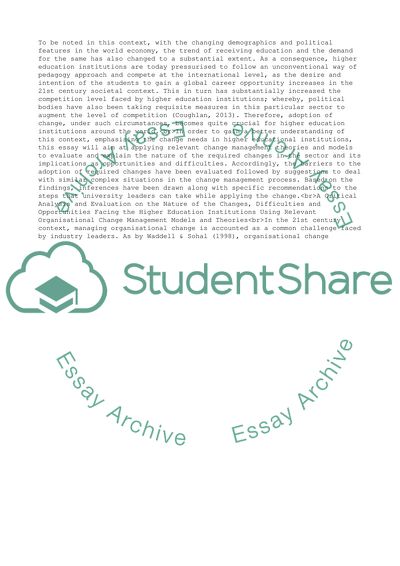Cite this document
(Managing Personal and Organisational Changes Essay - 2, n.d.)
Managing Personal and Organisational Changes Essay - 2. https://studentshare.org/management/1805257-managing-personal-and-organisational-changes
Managing Personal and Organisational Changes Essay - 2. https://studentshare.org/management/1805257-managing-personal-and-organisational-changes
(Managing Personal and Organisational Changes Essay - 2)
Managing Personal and Organisational Changes Essay - 2. https://studentshare.org/management/1805257-managing-personal-and-organisational-changes.
Managing Personal and Organisational Changes Essay - 2. https://studentshare.org/management/1805257-managing-personal-and-organisational-changes.
“Managing Personal and Organisational Changes Essay - 2”. https://studentshare.org/management/1805257-managing-personal-and-organisational-changes.


